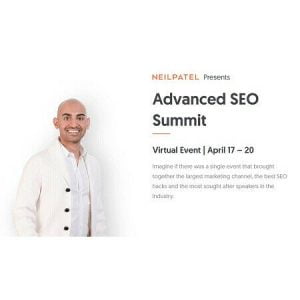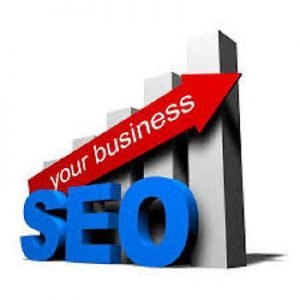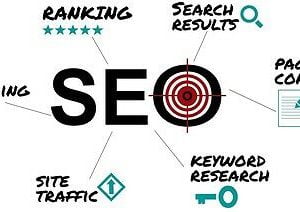 Have you told a story on your sales page and it’s flopped? Or, perhaps you’ve read all the books and articles on sales pages and all the books and articles on storytelling and are wondering if they merge… If so, then you’re in the right place to talk sales page and story.
Have you told a story on your sales page and it’s flopped? Or, perhaps you’ve read all the books and articles on sales pages and all the books and articles on storytelling and are wondering if they merge… If so, then you’re in the right place to talk sales page and story.
If you want sales pages that are high converting (and who doesn’t) then it’s important to realize what you need certain components on your sales page and you can’t remove them because you don’t like them.
Sure we know the basic sales page elements
You also need to weave a compelling true story in your sales copy.
The purpose of the story is to inspire trust, elevate you in the eyes of the reader as well as make you memorable to them. In other words make you real to your reader and establish an emotional connection with them. Your story resonates with the reader and they feel you understand them.
The easiest way to do this is to craft your story by remembering what you want to say on that sales page and why you want to say it.
What’s the message that you want your reader to come away with? The story on your sales page is more than just a biography, it’s still sales copy. As sales copy the story should be weaved around the main purpose of the sales page. Notice I use the word weave rather than sew or mesh or weld… the story has to be an integral part of the copy and not an addition to it.
So get a pen and paper and work through this with me…
Think about the purpose of your sales page.
Enticing the reader to buy is a good purpose. Yeah, I know the first thing that springs to mind is that it must make the reader buy… but no one has yet designed a page that a hand with a gun leaps from forcing the reader to cough over their cash. You cannot make anyone do anything against their will on a sales page. Your sales page needs to persuade the reader and make them desire your product or service so they buy happily and willingly.
By the time they finish reading your sales page you want them to view you as someone they trust, like and know. You want them to realize that they need the item you’re providing, and they need it right now. Great sales copy does this through words and the story you tell. But, there is more to the purpose of the sales page than just that.
The Sales Page Sift
Not every person who lands on your sales page is your ideal prospect. A well-written sales page will qualify the person early on so that you don’t waste their time (and yours) trying to convince the wrong person to purchase your product.
That means every word, every image, and every part of your story should speak to that target audience and only that person.
I recently let a JV partner do a sales page. I’d left them with the instructions on how to personalize the page, and they handed the job to their VA… The resulting sales page was okay but it didn’t speak to the ideal prospect. This lead to the refund rate of the product being higher than it should have been! Be cleat in your instructions if you’re not doing your own sales page.
The biggest myth about high converting sales pages
High converting sales pages aren’t always just “business” focused. There is a school of thought that sharing your story is somehow unprofessional and damaging. In fact, sales pages work better if they’re down to earth and real. Your own life story and even your feelings about events are important to your reader and should be expressed in your sales page copy. If it’s real then your reader feels a connection.
You have to pick and choose from your story which parts to you need to share.
These must meet the objective to speak directly to your target audience about your offer. For example, if your target audience consists of women who work from home, your story should resonate with them. You don’t have to be that woman who works from home to be able to speak to them in a way that they love and connect with. But you do need to know how to recreate your story to let them know that you know and understand their needs. Maybe you’ve juggled family as they have and that becomes the story. Maybe you’ve been exhausted at the end of the day, like them, and want more energy. When you share similar stories that echo their own experiences and values then your sales page story is a winner.
You don’t have to use your own story in the sales pages – you can use the stories of others in your testimonials section. If your testimonials are from people like your ideal customer then the reader will still make the connection here.
By building your sales page around your story, and the stories of others via their testimonials you’ll create a connection with the reader that will convert into more sales.
When you’ve targeted the customers you want to work with and provide services and products to your sales page writing will become one of pleasure and ease. Your sales pages will practically write themselves because you’re aligned with yourself, your market, and truly understand the benefits of your products.
Over to you – share your sales page experiences with us.






